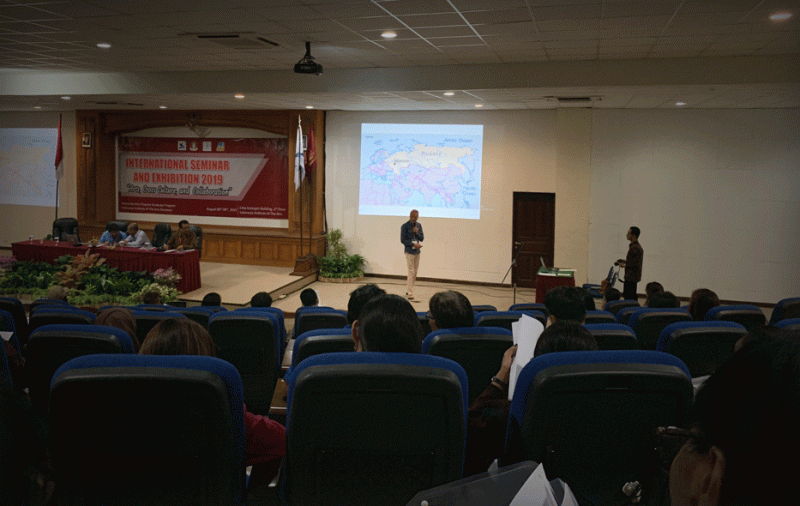Talk at Indonesia Art Institute Denpasar, Bali, on Walter Spies (Aug 9, 2019)
A pioneer of intercultural exchange: Walter Spies in Bali, seen from a contemporary perspective
(by Michael Schindhelm, Talk and seminar, 8, 9, August 2019, Indonesian Art Institute Denpasar)
This talk and seminar explore cross-cultural experiences on the case study of the German painter and musician Walter Spies who lived and worked in Indonesia (Dutch Indies) in the times of modernism (beginning of the 20th century).
Spies was born in Moscow, Russia in 1895. During World War I, he was taken in as a POW and sent to the Ural Mountains. When the Russian Revolution took place, he escaped and arrived in Berlin in 1919. He went to work with the film director Friedrich Murnau (the great master of silent movies) and became a renowned artist of the young generation.
In 1923, he moved to Java and became the first European to live in the Sultan’s palace as conductor of the court orchestra.
Enthralled by the mystique of Balinese culture, he moved there in 1927 where the royal family gave him a piece of land where the two rivers meet at Campuhan. He stayed on for another 13 years. During his time, he founded Pita Maha together with the royal King Cokorda of Ubud and the Dutch painter Rudolf Bonnet. There, they inspired local Balinese artists to incorporate Western painting techniques and succeeded in exporting Balinese art. Together with the Balinese, he co-created the famous ‘kecak’ dance.
In January 1942 he was placed on a prisoner boat and died during an attack from a Japanese jet fighter at age 47.
